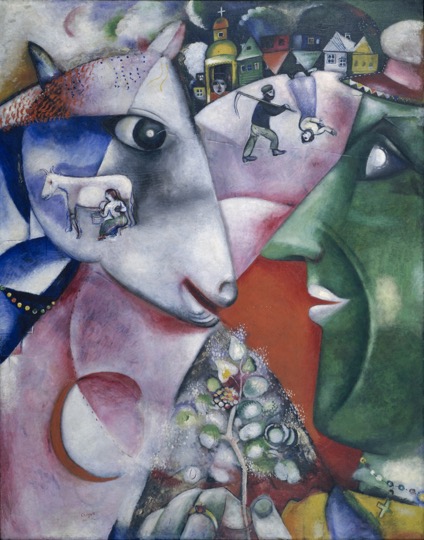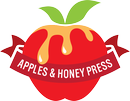Go Beyond Apple Activities to Get to Rosh Hashanah's Big Ideas
Imagine our students knowing that Rosh Hashanah is just about eating apples and honey and wishing one another a happy new year.
Now imagine them understanding that Rosh Hashanah is a time of looking inward and thinking about how to be our best selves.
Which learning might give them a deeper and more lasting connection to Judaism?
“We consistently … focus an enormous amount of energy imparting bits of information and creating hands-on, experiential, fun learning projects,” writes Nachama Moskowitz in the introduction to The Ultimate Jewish Teacher’s Handbook. For Rosh Hashanah, for example, activities often include making apple print Rosh Hashanah cards or honey pots or sampling various types of apples. Such activities, however, only “encourage the teaching of surface knowledge – a mile wide and an inch deep.”
Of course, there’s a place for crafts in the classroom, but consider focusing on the big ideas of the holidays to make best use of your limited time and attention spans to create rich learning.
This notion of teaching the underlying Jewish ideas and values of the holidays is the approach behind Make, Create, Celebrate: Jewish Holidays Through Art. This method, designed for students in grades 4-6, uses art as a lens to examine the big ideas of each Jewish holiday.

Here’s a sample of a lesson about Rosh Hashanah and Yom Kippur and their key theme of reflection:
Students examine a self-portrait by Marc Chagall and think about what they see and what might be happening in the image. A teacher leads them in a routine called See/Think/Wonder, which was developed through Harvard University’s Project Zero.
Elizabeth Diament, the senior educator at the National Gallery of Art and consultant for Make, Create, Celebrate, has written that, “Thinking routines have the capacity to activate student’s deep thinking by privileging their own ideas as a valuable source of information, getting them personally involved, and using questions to drive learning and uncover complexity.” This could be a definition of the goals of Jewish schools as well.
Students then make their own self-portraits, based on the Chagall model. We chose the Chagall piece to teach about Rosh Hashanah because the holiday’s theme of self-reflection. A self-portrait, such as Chagall’s, is a way to think about these values.
After students create their interpretive art, teachers might talk about how knowing who we are is important to who we can aspire to be next. We can’t become better if we don’t know who we are to begin with, and the self-portraits help us understand a little more about ourselves.
A lesson like this - with lots of deep thinking and personal connection - can serve as the main course on a menu of holiday teaching opportuniites. Save the apples, for dessert.
Don’t forget to subscribe to our newsletter and connect with us on social media!





